Styling Your Home with DIY Textile Decor
Are you ready to transform your living space into a cozy haven that reflects your unique style? DIY textile decor is the perfect way to add warmth, personality, and a touch of creativity to your home. Imagine walking into a room where every fabric tells a story, where colors dance together, and where patterns invite you to explore. This article dives deep into the world of textile decor, offering you a treasure trove of ideas, techniques, and insights to elevate your home’s aesthetic.
Textile decor is not just about throwing a few cushions on the couch or hanging a tapestry on the wall; it's about creating an atmosphere that feels inviting and personal. From the softest throws to vibrant wall hangings, textiles play a pivotal role in defining the mood of a space. They can evoke feelings of comfort and relaxation or energize a room with bold patterns and colors. The beauty of DIY textile projects lies in their versatility—you can mix and match fabrics to suit your style, whether it's bohemian, modern, rustic, or eclectic.
As you embark on your DIY textile journey, consider how different textiles can be used to enhance various aspects of your home. For instance, think about the impact of a well-placed fabric wall hanging that draws the eye and adds depth to a room. Or picture reupholstering an old chair with a striking fabric that not only revitalizes the piece but also ties the room together. The possibilities are endless, and the best part? You have the freedom to choose materials and designs that resonate with you.
In the following sections, we’ll explore the fundamentals of textile decor, including the types of fabrics available, how to choose the right ones for your projects, and practical techniques to bring your ideas to life. Whether you're a seasoned DIY enthusiast or just starting out, there's something here for everyone. So grab your scissors, thread, and imagination—let’s get started on this exciting journey of styling your home with DIY textile decor!
- What are some easy DIY textile projects for beginners? Simple projects include making cushion covers, fabric wall art, or even no-sew throws.
- How do I choose the right fabric for my DIY project? Consider factors like durability, maintenance, color, and pattern that match your existing decor.
- Can I mix different fabric types in one project? Absolutely! Mixing fabrics can add texture and interest, just make sure they complement each other.
- What are the best ways to maintain my textile decor? Regularly dust and clean your textile items according to their care instructions to keep them looking fresh.
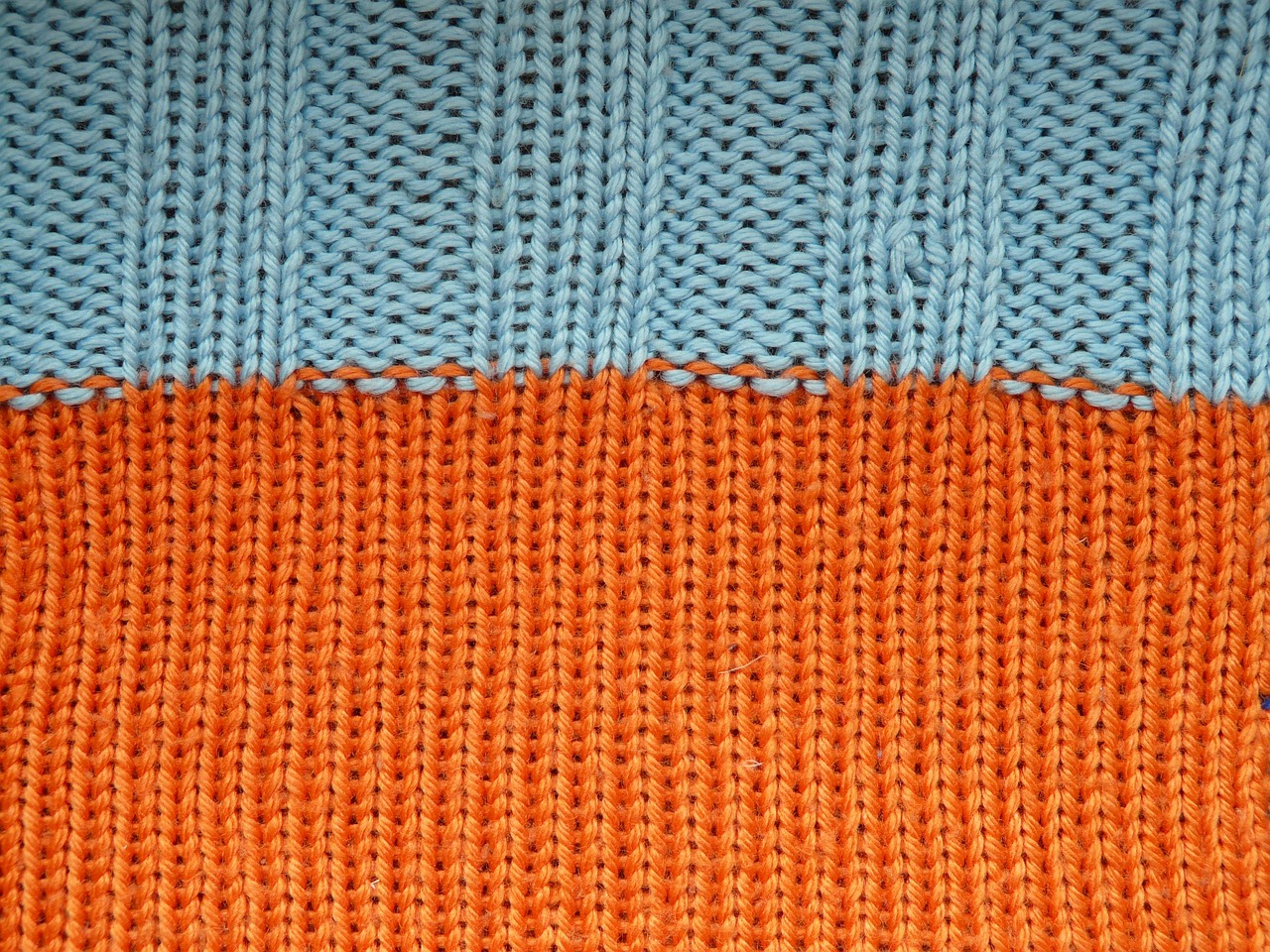
Understanding Textile Decor
When it comes to transforming your living space, textile decor can be a game-changer. Imagine walking into a room that feels warm and inviting, where the fabrics wrap around you like a cozy blanket. Textile decor encompasses a variety of fabric-based elements that can elevate the overall aesthetic of your home. From curtains and cushions to wall hangings and throws, textiles introduce color, texture, and personality into your space, making it uniquely yours.
So, what exactly falls under the umbrella of textile decor? Well, it includes anything made from fabric that enhances the visual appeal of your home. This can range from large items like upholstered furniture to smaller accents such as decorative pillows and table runners. Each piece plays a role in creating a cohesive look that reflects your personal style. The beauty of textile decor lies in its versatility; it can be tailored to suit any design theme, whether it's modern, bohemian, or classic.
One of the most exciting aspects of textile decor is the variety of materials available. You can choose from natural fibers like cotton, linen, and wool, or opt for synthetic options such as polyester and nylon. Each type of fabric comes with its own set of characteristics that can impact your decor choices. For example, natural fabrics are often more breathable and eco-friendly, while synthetic materials can provide durability and stain resistance. Understanding these differences can help you make informed decisions that align with your lifestyle and design goals.
Textile decor not only serves aesthetic purposes but also functional ones. For instance, heavy drapes can provide insulation and privacy, while lightweight curtains can allow natural light to filter through, brightening up your space. Moreover, textiles can absorb sound, making your home feel quieter and more serene. This multifaceted nature of textiles is what makes them a crucial component of any interior design scheme.
As you delve deeper into the world of textile decor, consider how different fabrics can evoke various moods. Soft, plush textiles can create a sense of comfort and relaxation, while bold patterns and vibrant colors can energize a room. This emotional connection to textiles is why they are so powerful in home decor. They tell a story about who you are and how you want your space to feel.
In summary, understanding textile decor is about recognizing the impact that fabrics have on your home. They are not just decorative items; they are essential elements that contribute to the overall atmosphere and functionality of your living space. So, whether you're looking to make a dramatic statement or simply want to add a touch of coziness, incorporating textiles into your decor can help you achieve your vision.
In the following sections, we will explore how to choose the right fabrics, the various techniques you can use to create beautiful textile projects, and how to effectively incorporate these elements into different areas of your home. Get ready to unleash your creativity and transform your space with the magic of textile decor!
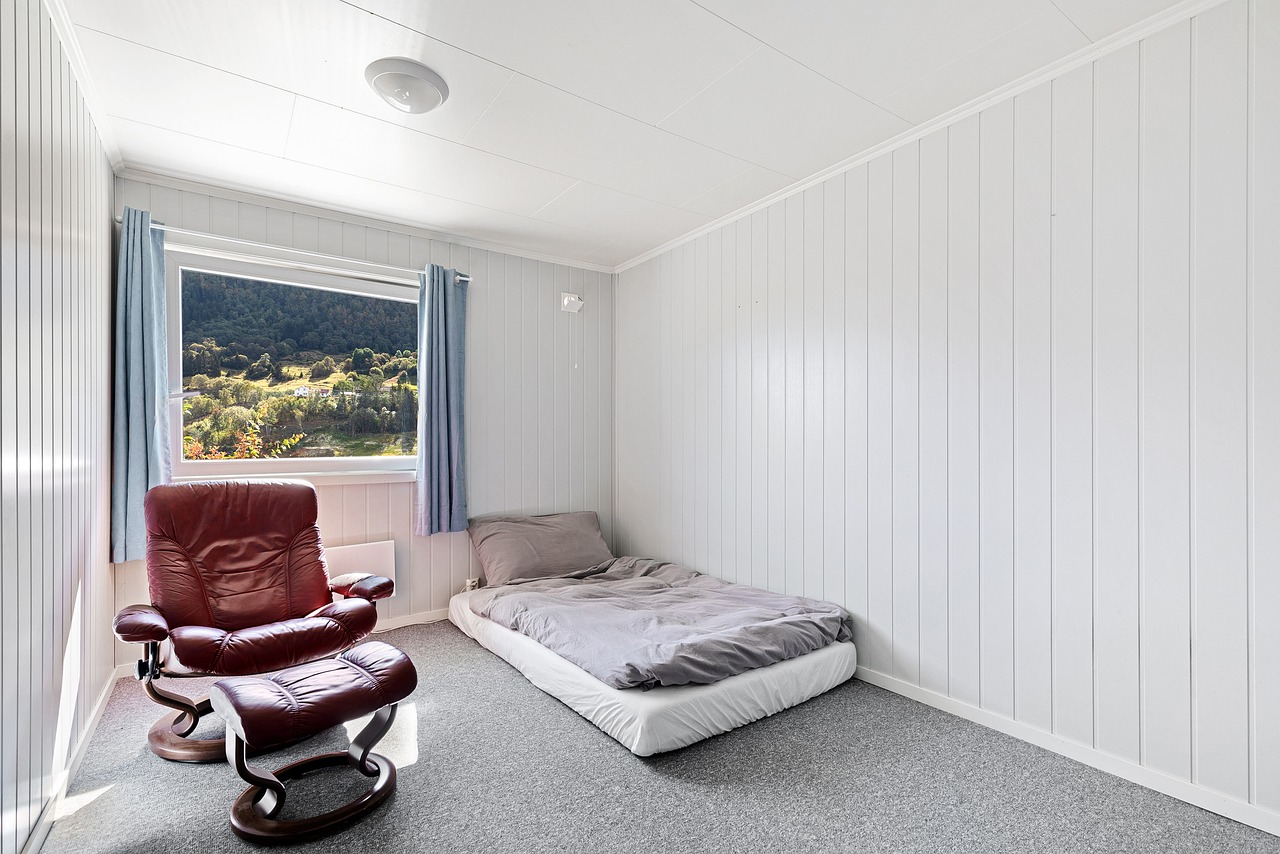
Choosing the Right Fabrics
When it comes to DIY textile decor, is like picking the perfect paint color for a masterpiece. The fabric you select will not only define the look and feel of your space but also determine how comfortable and functional it will be. With a plethora of options available, it can be a bit overwhelming, but fear not! Let’s break it down together.
First and foremost, consider the purpose of your fabric. Are you looking to create soft furnishings like cushions and throws, or are you aiming for something more structured like curtains or wall hangings? Each application has its own set of requirements. For instance, if you’re sewing a cushion that will see a lot of use, you might want to opt for a fabric that is both durable and easy to clean, such as cotton canvas or a polyester blend.
Next, think about the texture and feel of the fabric. Some materials, such as velvet or chenille, can add a touch of luxury and warmth to your decor, while others, like linen or burlap, can bring a more rustic or casual vibe. Don’t forget that the texture can also affect how light interacts with the fabric. For example, a shiny satin will reflect light differently than a matte cotton, influencing the overall ambiance of your space.
Another important factor is the color and pattern. These elements can dramatically change the mood of a room. When selecting colors, consider your existing decor. Are you looking to create a bold contrast or a harmonious blend? Patterns can also play a significant role; floral prints can bring a sense of freshness, while geometric designs can add a modern touch. Remember, it’s all about balance! You don’t want your space to feel chaotic, so try to limit your patterns to a few key pieces.
To help you navigate the fabric selection process, here’s a quick comparison table that outlines some popular fabric types along with their characteristics:
| Fabric Type | Durability | Maintenance | Best Uses |
|---|---|---|---|
| Cotton | Moderate | Machine washable | Cushions, curtains, tablecloths |
| Linen | Moderate | Dry clean recommended | Table runners, curtains |
| Polyester | High | Machine washable | Upholstery, outdoor cushions |
| Velvet | Moderate | Dry clean recommended | Accent pillows, upholstery |
Lastly, don’t overlook the environmental impact of your fabric choices. With the rising awareness of sustainability, many options like organic cotton, bamboo, or recycled polyester are now available. These fabrics not only look good but also make you feel good about your choices, knowing you’re contributing to a healthier planet.
In conclusion, choosing the right fabrics for your DIY textile decor is a blend of practicality, aesthetics, and personal preference. Take your time to explore different options and visualize how each fabric will fit into your space. Remember, your home is a reflection of your style, so let your creativity shine!
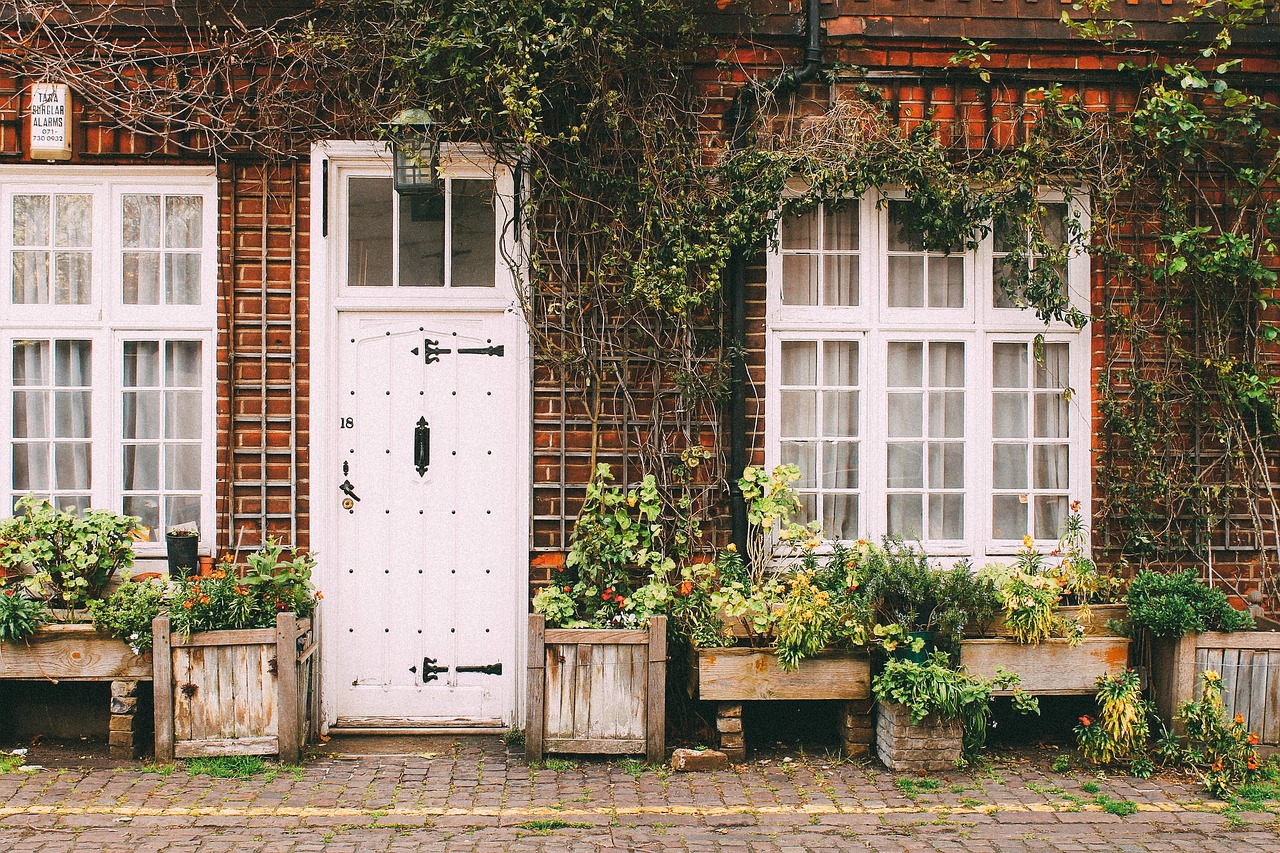
Natural vs. Synthetic Fabrics
When diving into the world of DIY textile decor, one of the most crucial decisions you'll face is whether to opt for natural fabrics or synthetic fabrics. Each type brings its own unique benefits and drawbacks, and understanding these can significantly influence your project outcomes. Natural fabrics, such as cotton, linen, and wool, are derived from plants and animals. They are often praised for their breathability, softness, and eco-friendliness. For instance, cotton is not only comfortable but also highly absorbent, making it a fantastic choice for items like curtains and cushion covers. On the flip side, natural fabrics can be more susceptible to wear and tear, fading, and even pests.
On the other hand, synthetic fabrics like polyester, nylon, and acrylic are man-made and designed to mimic the properties of natural fibers. They are often more durable and stain-resistant, which makes them ideal for high-traffic areas or households with children and pets. For example, polyester is known for its ability to withstand fading and wrinkling, making it a popular choice for outdoor furniture upholstery. However, these fabrics can sometimes lack the breathability and comfort that natural fibers provide, which can be a concern in warmer climates or for items that come into direct contact with the skin.
Here’s a quick comparison of the two types of fabrics:
| Fabric Type | Benefits | Drawbacks |
|---|---|---|
| Natural Fabrics |
|
|
| Synthetic Fabrics |
|
|
In conclusion, the choice between natural and synthetic fabrics largely depends on your specific needs and the intended use of your DIY textile decor. If you prioritize comfort and sustainability, natural fabrics might be the way to go. However, if you need something more durable and easy to maintain, synthetic fabrics could be your best bet. Ultimately, the right fabric can elevate your decor and bring a unique touch to your living space.
Curious about DIY textile decor? Here are some common questions and answers to help you along the way:
- What are the best natural fabrics for DIY projects? Cotton, linen, and wool are excellent choices due to their versatility and comfort.
- Can I mix natural and synthetic fabrics in my decor? Absolutely! Mixing fabrics can create a unique aesthetic, just be mindful of their care requirements.
- How do I care for natural fabrics? Most natural fabrics can be machine washed, but it's essential to check the care label for specific instructions.
- Are synthetic fabrics safe for children and pets? Yes, many synthetic fabrics are designed to be safe and durable, making them suitable for family environments.
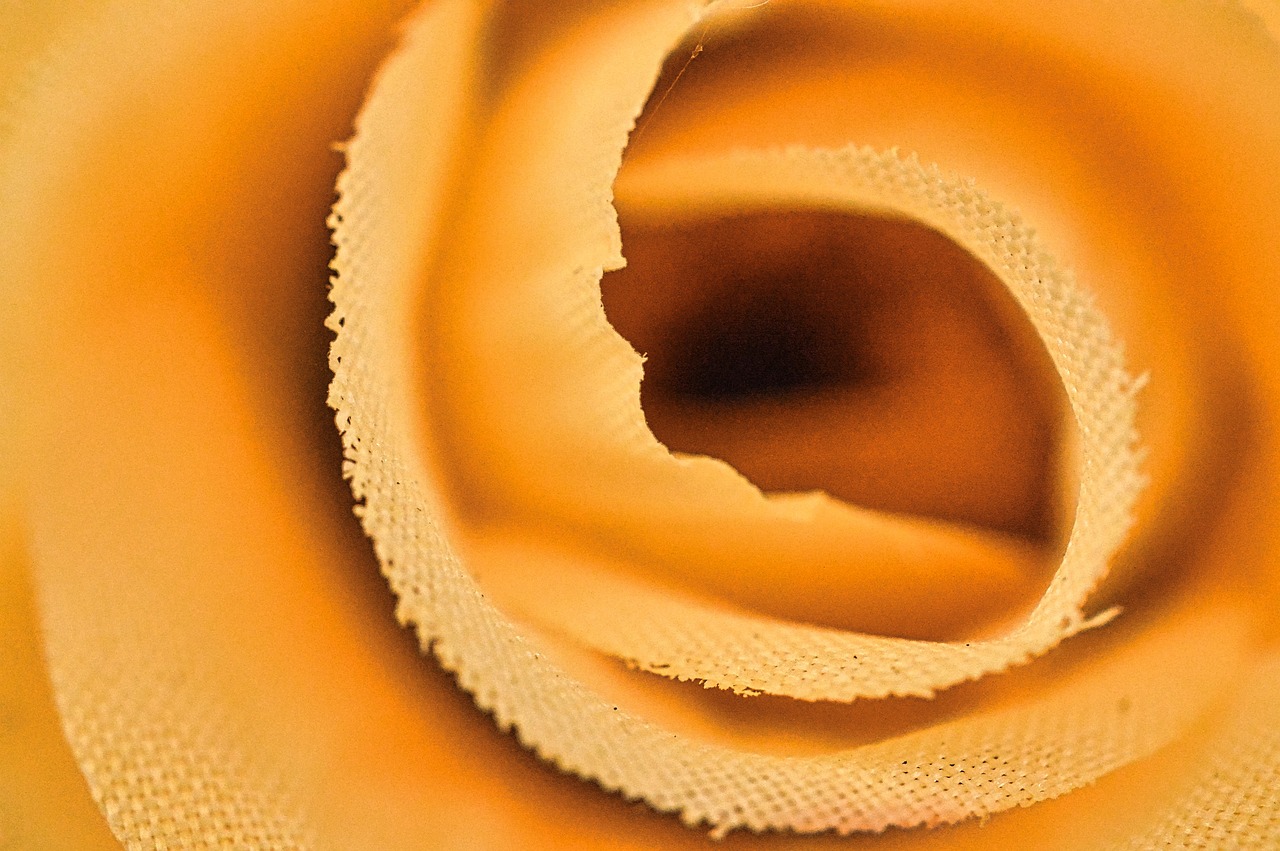
Durability and Maintenance
When it comes to your DIY textile decor, durability and maintenance are key factors that can make or break your project. You want your beautiful creations to stand the test of time, right? Imagine putting all that effort into a stunning piece, only to have it fade or wear out within a few months. To avoid this, it’s crucial to select fabrics that not only look good but also endure the daily rigors of life in your home.
First off, let’s talk about the types of fabrics. Natural fabrics like cotton, linen, and wool are often praised for their breathability and comfort. However, they can be prone to stains and may require more frequent washing. On the other hand, synthetic fabrics such as polyester and nylon are generally more resistant to wear and tear, making them ideal for high-traffic areas. But don’t let the shiny allure of synthetics fool you—sometimes they can lack the cozy aesthetic that natural fibers provide. So, what’s the best choice? It really depends on your lifestyle and the specific area where the textile will be used.
To help you make an informed decision, here’s a quick comparison of natural versus synthetic fabrics:
| Fabric Type | Durability | Maintenance | Comfort |
|---|---|---|---|
| Natural Fabrics | Moderate | Requires frequent washing and care | High |
| Synthetic Fabrics | High | Easy to clean, less frequent maintenance | Moderate |
Now, let’s dive into maintenance. Regular care is essential for extending the life of your textiles. For natural fabrics, it’s often recommended to wash them in cold water and air dry to prevent shrinkage and fading. A gentle detergent can work wonders, but be sure to check the care label for specific instructions. For synthetic fabrics, you typically have more leeway; most can handle warm water washes and even low-heat drying. However, always keep an eye on the fabric’s colorfastness to avoid any unwanted surprises!
Another critical aspect of maintenance is spot cleaning. Accidents happen—whether it’s a spilled drink or a muddy paw print. Tackling stains promptly can save you a lot of heartache later on. For most fabrics, a simple solution of mild soap and water can do the trick. Just remember to test any cleaning solution on a small, hidden area first to ensure it won’t damage the fabric.
In conclusion, choosing the right fabric for your DIY textile decor and committing to regular maintenance can greatly enhance the longevity and appearance of your projects. Think of it as a relationship; the more effort you put in, the more rewarding it becomes. So, get ready to roll up your sleeves and give your textiles the love they deserve!
- What are the best fabrics for high-traffic areas? Synthetic fabrics like polyester are recommended due to their durability and ease of cleaning.
- How often should I clean my textile decor? It depends on the fabric and usage, but generally, a good rule of thumb is to clean when they look dirty or every few months.
- Can I mix natural and synthetic fabrics in my decor? Absolutely! Just be mindful of the care instructions for each type to ensure they last.
- What’s the best way to remove stains from fabric? Act quickly! Use a mild soap solution and blot—never rub—to lift the stain.

Color and Pattern Selection
When it comes to textile decor, the choice of colors and patterns can be a game-changer for your home. Imagine walking into a room that feels vibrant and alive, or one that exudes calm and tranquility. The hues you choose can evoke emotions and set the mood for your entire space. So, how do you go about selecting the right colors and patterns? It’s all about understanding your personal style and the atmosphere you want to create.
First, consider the existing color palette of your home. Do you have bold, bright walls, or are they more muted and neutral? The textiles you choose should either complement or contrast these colors in a harmonious way. For instance, if your walls are painted in a soft pastel, adding a bold patterned throw can create a stunning focal point. On the other hand, if your walls are already vibrant, you might want to opt for more subtle, muted fabrics to avoid overwhelming the space.
Next, think about the patterns you are drawn to. Patterns can add depth and interest to your decor, but they require a bit of strategy to incorporate successfully. Mixing patterns can be tricky, yet when done right, it can create a lively and dynamic look. A good rule of thumb is to stick to a common color scheme; this way, even if the patterns differ, they will still feel cohesive. For example, you could pair a floral print cushion with a striped throw, as long as they share a similar color palette.
To make the selection process easier, here’s a quick guide to help you:
| Color | Effect | Best Used In |
|---|---|---|
| Warm Colors (Red, Orange, Yellow) | Stimulating and energizing | Living rooms, kitchens |
| Cool Colors (Blue, Green, Purple) | Calming and relaxing | Bedrooms, bathrooms |
| Neutral Colors (White, Gray, Beige) | Timeless and versatile | Any room |
Finally, don’t shy away from experimenting! Use fabric swatches to play around with different combinations in your space. Lay them against your walls or existing furniture to see how they interact with the light and surroundings. This hands-on approach can often lead to surprising discoveries that you might not have considered before.
In conclusion, the art of color and pattern selection in textile decor is about finding the right balance that reflects your personality while enhancing the beauty of your home. Remember, it's not just about following trends; it's about creating a space that feels uniquely yours. So grab those swatches, get creative, and watch as your living space transforms into a beautiful reflection of you!
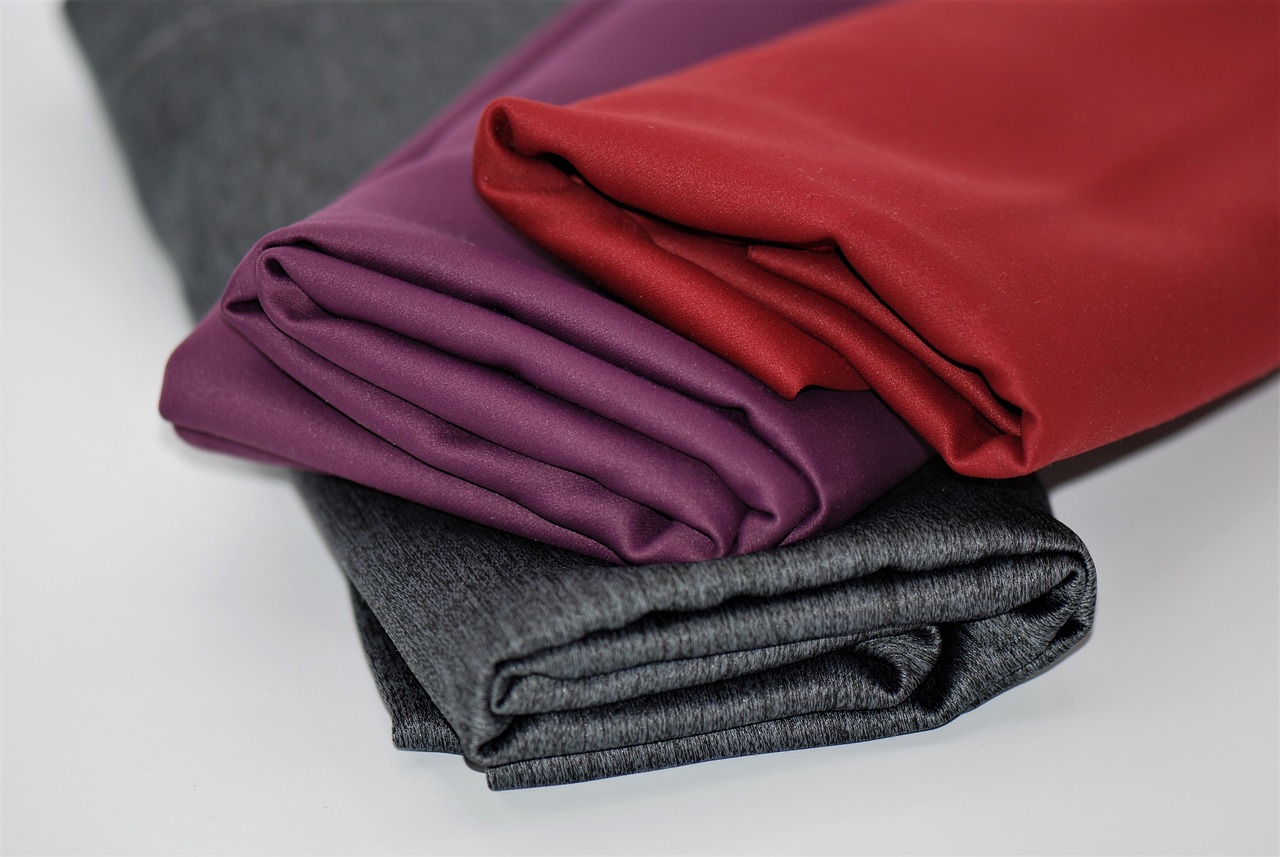
Textile Techniques and Projects
When it comes to DIY textile decor, the world is your oyster! There are countless techniques and projects that can help you express your creativity while adding a personal touch to your home. Whether you're a seasoned crafter or just starting out, there's something for everyone. Let's dive into some exciting techniques that can transform ordinary fabrics into stunning decor elements!
One of the most popular techniques is sewing. From simple pillow covers to elaborate quilts, sewing allows you to manipulate fabric in ways that can dramatically change the look of a room. If you're new to sewing, consider starting with a straightforward project like a cushion cover. Not only will you learn the basics, but you'll also create a functional piece that adds comfort and style to your space.
Another technique to explore is weaving. This age-old craft can be a bit more challenging, but the results are absolutely worth it! Weaving can be done on a loom or even with a simple DIY setup at home. You can create beautiful wall hangings, table runners, or even small rugs that add texture and warmth to your decor. Plus, the satisfaction of creating something from scratch is unparalleled!
For those who prefer a more hands-on approach, consider tie-dyeing or fabric painting. These techniques allow you to customize fabrics in vibrant colors and unique patterns. You can use these decorated fabrics for curtains, tablecloths, or even as art pieces. Imagine the joy of seeing your own designs adorning your home!
Don't forget about upcycling! Transforming old textiles into new treasures is not only eco-friendly but also a fantastic way to get creative. Old shirts can become trendy tote bags, while worn-out jeans can be turned into stylish cushions. The possibilities are endless, and the best part is that each piece tells a story.
To help you visualize these techniques, here's a quick comparison of popular textile projects and their difficulty levels:
| Project | Difficulty Level | Time Required |
|---|---|---|
| Pillow Cover | Easy | 1-2 hours |
| Wall Hanging (Weaving) | Medium | 2-4 hours |
| Upcycled Tote Bag | Medium | 1-3 hours |
| Quilt | Hard | Several days |
Incorporating these techniques into your home decor not only enhances the aesthetic but also allows you to express your unique style. Imagine walking into your living room and being greeted by a cozy quilt you made yourself or a vibrant wall hanging that reflects your personality. These projects can become conversation starters and cherished pieces in your home.
So, gather your materials, unleash your creativity, and embark on a DIY textile journey. You’ll be amazed at how a little fabric and some imagination can transform your living space into a warm, inviting haven!
- What are some beginner-friendly textile projects? Start with simple items like pillow covers, tote bags, or wall hangings. These projects are easy to follow and require minimal materials.
- How do I choose the right fabric for my projects? Consider the purpose of your project. For items that need to be durable, like cushions, opt for sturdy fabrics like canvas or denim. For decorative pieces, lighter fabrics like cotton or linen work well.
- Can I mix different fabrics in one project? Absolutely! Mixing fabrics can add depth and interest to your decor. Just make sure to consider their properties, such as weight and texture, for a cohesive look.
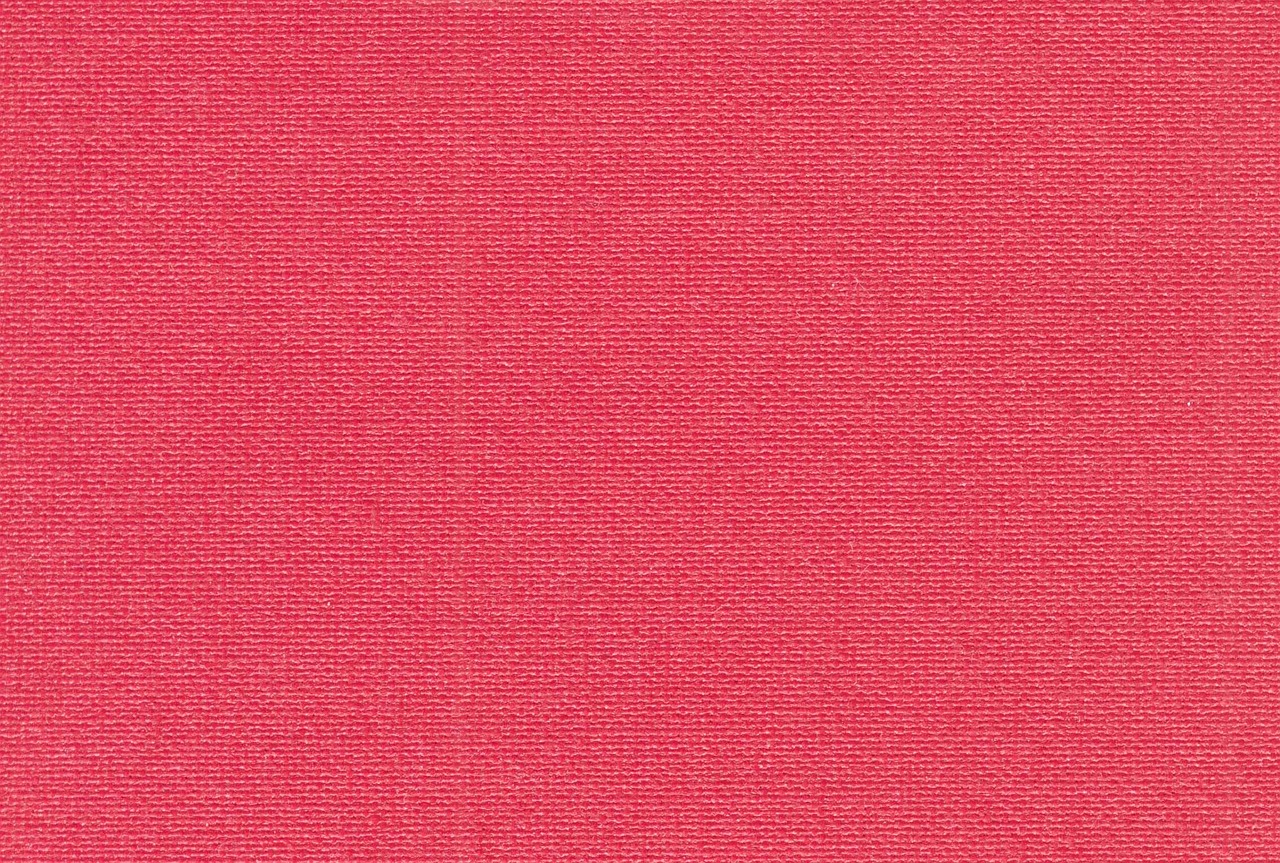
Incorporating Textiles into Your Space
Integrating textiles into your home is like adding the final brushstrokes to a masterpiece; it brings everything together and infuses your personality into the space. Imagine walking into a room that feels cold and uninviting, only to transform it into a cozy sanctuary with a few well-placed fabrics. The beauty of textiles lies in their versatility; they can soften hard surfaces, add warmth, and create visual interest. Whether you're looking to make a bold statement or simply enhance the comfort of your living space, textiles can play a crucial role in achieving your desired ambiance.
To effectively use textiles in different areas of your home, consider the mood you want to create. For instance, if you're aiming for a relaxed and inviting atmosphere in your living room, think about incorporating soft, plush fabrics such as velvets or knits. These materials not only feel great but also add a layer of sophistication. On the other hand, if you're looking to energize a space, vibrant patterns or bright colors can do wonders. Using a mix of textures—like pairing a sleek linen with a chunky knit—can create depth and intrigue.
When it comes to incorporating textiles, the walls and furniture are two of the most impactful areas to focus on. Textiles for walls can be a game-changer. Consider using fabric as wall art or creating stunning tapestries that serve as focal points. Tapestries can tell a story or reflect your interests, adding a unique touch that wallpaper simply can't match. Additionally, upholstered panels can soften the acoustics in a room while providing a plush backdrop for your decor.
For furniture, textiles can breathe new life into tired pieces. Reupholstering chairs or adding colorful cushions can instantly refresh your space. Think of your furniture as a canvas; a simple throw can transform a bland sofa into a vibrant centerpiece. Moreover, layering different textiles—like throws, pillows, and even rugs—can create a cohesive look that ties your room together. Don't shy away from mixing patterns; just be sure to maintain a common color palette to keep everything harmonious.
Lastly, remember that textiles are not just about aesthetics; they can also serve functional purposes. For example, heavy drapes can help with insulation and privacy, while lighter fabrics can allow natural light to flood in, creating an airy feel. By thoughtfully incorporating textiles into your space, you’re not just decorating; you’re crafting an environment that reflects who you are and how you want to feel in your home.
- What types of textiles are best for a living room?
Soft fabrics like cotton, linen, or velvet work well in a living room, providing comfort and style.
- How can I incorporate textiles without overwhelming my space?
Start with a few key pieces, such as throw pillows or a statement rug, and gradually add more as you feel comfortable.
- Can I mix different patterns?
Absolutely! Just ensure that they share a common color palette to maintain harmony in your decor.

Textiles for Walls
When it comes to decorating your home, the walls are often the most overlooked canvas. They can be a blank slate or a vibrant statement piece, depending on how you choose to dress them. offer an incredible opportunity to add texture, color, and personality to any room. Imagine walking into a space where the walls are adorned with beautiful fabrics, each telling its own story. It’s like stepping into a cozy, inviting hug!
One of the most popular ways to incorporate textiles into your wall decor is through tapestries. These fabric artworks can serve as stunning focal points, making a bold statement without overwhelming the room. You can find tapestries in various styles, from bohemian to modern, allowing you to express your unique taste. Plus, they’re relatively easy to hang and can be swapped out seasonally for a fresh look.
Another creative approach is to use upholstered panels. These are essentially large pieces of foam or board covered in fabric that you can mount directly onto your walls. Not only do they add a plush, inviting feel to the space, but they also serve a practical purpose by providing sound insulation. Imagine having a quiet oasis in your home, all thanks to the textiles that adorn your walls!
If you’re feeling adventurous, consider creating a fabric wall collage. This technique involves layering different fabrics in various shapes and sizes to create a visually dynamic arrangement. You can mix patterns, textures, and colors to reflect your personal style. Think of it as a quilt for your walls, where every piece contributes to a larger narrative. This method is not just about aesthetics; it’s also an opportunity to repurpose old fabrics, giving them a new life and purpose.
When selecting textiles for your walls, consider the color palette of your room. Fabrics can either complement or contrast with your existing decor. For instance, if your room is dominated by neutral tones, a vibrant tapestry or a bold fabric panel can inject energy into the space. Conversely, if your decor is already colorful, you might opt for more subdued fabrics that provide balance without competing for attention.
Lastly, don't forget about the practical aspects of wall textiles. Some fabrics are easier to clean than others, so consider your lifestyle when making your selections. If you have pets or children, you might want to choose durable, washable fabrics that can withstand the rigors of daily life. A quick glance at a fabric care guide can help you make informed decisions, ensuring that your beautiful wall textiles remain pristine for years to come.
- What types of fabrics are best for wall decor? Look for fabrics that are durable and easy to clean, such as cotton, linen, or synthetic blends.
- Can I use any fabric for wall hangings? While you can use a variety of fabrics, heavier materials like canvas or upholstery fabric hold up better and provide more structure.
- How do I hang textiles on my walls? You can use adhesive hooks, nails, or even fabric-specific wall mounting systems for a professional finish.
- Are wall textiles easy to change out? Yes! Many textile wall decor options can be easily removed and replaced, allowing you to refresh your space whenever you like.
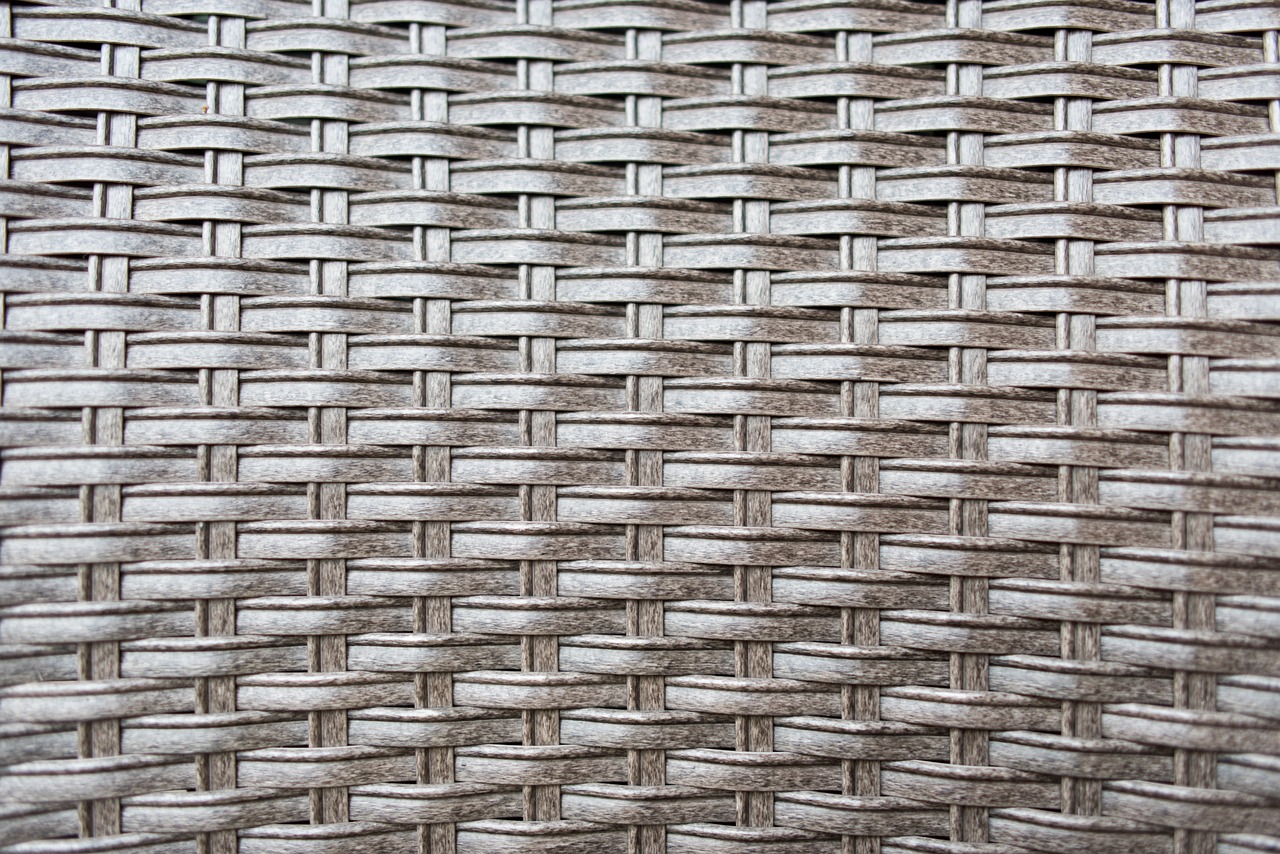
Textiles for Furniture
Transforming your furniture with textiles is like giving your beloved pieces a fresh coat of paint—only this time, you’re draping them in luxurious fabrics that speak to your style and personality. Imagine walking into your living room and feeling the warmth of a beautifully upholstered chair, or the inviting touch of a soft throw blanket draped over your couch. These textile choices not only enhance the aesthetic appeal of your space but also add a layer of comfort that makes your home feel truly inviting.
When it comes to reupholstering furniture, the options are practically endless. You can choose from a myriad of fabrics, including cotton, linen, velvet, and even leather, each offering a unique texture and look. For instance, velvet can give a touch of elegance and luxury, while cotton is perfect for a casual, comfortable vibe. The key is to select a fabric that aligns with the overall theme of your home and the specific function of the piece you’re working on.
Before diving into a reupholstering project, it’s essential to consider the durability of the fabric you choose. High-traffic areas, such as your living room, may benefit from tougher materials that can withstand wear and tear. Fabrics like canvas or denim are excellent choices for such spaces. On the other hand, if you’re working on a piece that’s more decorative, like an accent chair, you might opt for something softer and more luxurious, like silk or brocade.
Another exciting way to incorporate textiles into your furniture is through the use of cushions and throws. These elements can easily transform the look and feel of a room without the need for a complete overhaul. A simple swap of throw pillows in vibrant colors or interesting patterns can breathe new life into a dull sofa. For example, mixing and matching different textures, like a chunky knit throw with smooth satin cushions, can create a visually appealing contrast that draws the eye.
Moreover, don’t underestimate the impact of table linens on your dining furniture. A beautifully patterned tablecloth or a set of colorful placemats can set the stage for an inviting dining experience. When hosting friends or family, these textiles can enhance the atmosphere, making meals feel more special. You might even consider sewing your own table linens to match your unique decor style perfectly!
To help you visualize how textiles can transform your furniture, here’s a quick comparison of fabric types and their ideal uses:
| Fabric Type | Ideal Use | Durability |
|---|---|---|
| Cotton | Casual furniture, cushions | Medium |
| Velvet | Accent chairs, sofas | Medium to High |
| Leather | High-traffic areas | High |
| Linen | Light-use furniture | Medium |
| Denim | Casual seating, kids’ furniture | High |
In conclusion, textiles for furniture are not just about aesthetics; they are about creating a space that feels like home. When you choose the right fabrics and incorporate them thoughtfully, you can create a cohesive look that reflects your personality and makes your living space more enjoyable. So, grab those scissors and a staple gun, and let your creativity flow as you embark on your DIY textile journey!
Q: How do I choose the right fabric for my furniture?
A: Consider the function of the furniture, the amount of traffic it will see, and your personal style. Look for fabrics that offer both durability and comfort.
Q: Can I mix different fabric patterns in my decor?
A: Absolutely! Mixing patterns can create a dynamic and interesting look. Just ensure that the colors complement each other to maintain cohesion.
Q: How do I maintain my upholstered furniture?
A: Regularly vacuum your furniture to remove dust and debris. For stains, follow the cleaning instructions specific to the fabric type. Some may require professional cleaning.
Frequently Asked Questions
- What is textile decor?
Textile decor refers to the use of various fabric-based elements to enhance the aesthetic of a space. This can include curtains, cushions, wall hangings, and other fabric items that add warmth and style to your home.
- How do I choose the right fabrics for my DIY projects?
Choosing the right fabrics involves considering the purpose of the item, the overall style of your decor, and the properties of different fabrics. For example, cotton is breathable and easy to work with, while velvet adds a touch of luxury but may require more maintenance.
- What are the differences between natural and synthetic fabrics?
Natural fabrics, like cotton and linen, are made from plant or animal sources and are often more breathable and eco-friendly. Synthetic fabrics, such as polyester, are man-made and can be more durable and stain-resistant but may lack the same breathability.
- How can I ensure the durability of my textile decor?
To ensure durability, choose fabrics that are known for their strength, like canvas or denim. Additionally, proper care, such as regular washing and following care instructions, can significantly extend the life of your textile decor.
- What colors and patterns should I choose for my textiles?
When selecting colors and patterns, consider your existing decor. Complementary colors can create harmony, while bold patterns can serve as focal points. Don’t be afraid to experiment, but aim for a cohesive look throughout your space.
- What are some easy textile projects for beginners?
Beginner-friendly projects include making simple cushion covers, sewing table runners, or creating wall hangings. These projects require minimal sewing skills and can significantly enhance your home’s decor.
- How can I incorporate textiles into my walls?
You can use textiles on walls by creating fabric wall art, hanging tapestries, or even upholstering panels. These techniques add texture and depth, making your walls more visually interesting.
- Can I transform old furniture with textiles?
Absolutely! Reupholstering chairs, adding new cushions, or draping throws over furniture can breathe new life into old pieces. It’s a great way to refresh your space without buying new furniture.



















